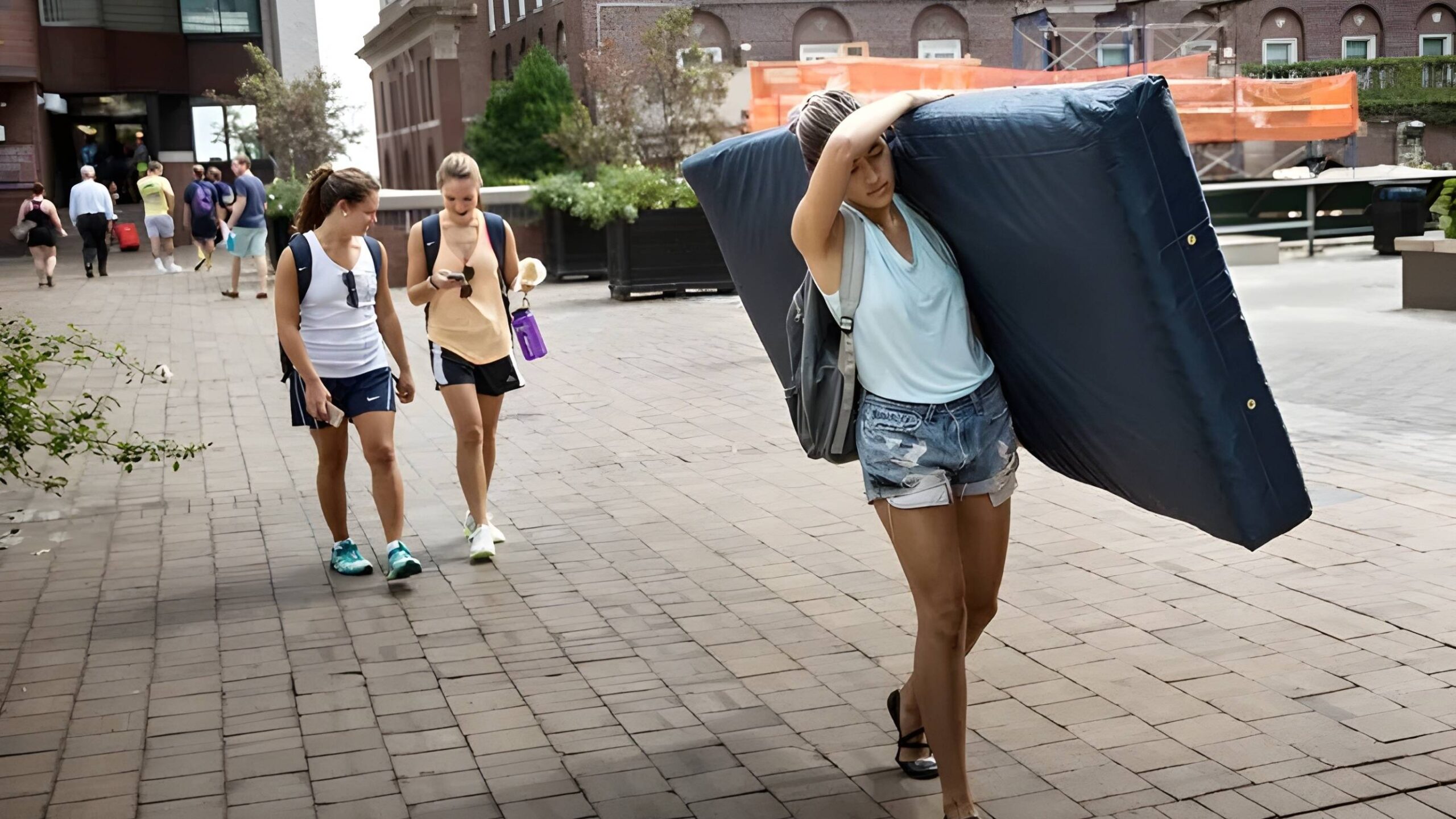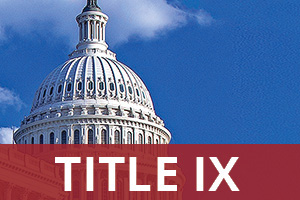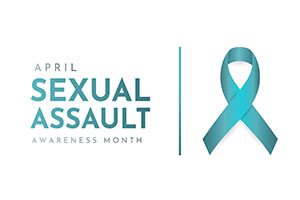I can’t be the only person to have been shocked that 1.5 per cent of respondents to OfS’ NSS extension on harassment and sexual misconduct said they’d been in an intimate personal relationship with a member of university staff in the past year.
Nor, notwithstanding the sampling issues, can I have been the only one to have been alarmed that of those relationships, 68.8 per cent said that the staff member was involved with their education or assessment.
A few weeks ago now over on LinkedIn, former Durham psychology prof and harassment and sexual misconduct expert Graham Towl triggered a bit of debate.
Having asserted that, to his knowledge, no university had initiated an outright ban on intimate personal relationships between staff and students, a whole raft of respondents appeared to tell him he was wrong – at least when it came to their university.
So I checked. And sadly, whatever their perceptions, almost all of said contributors were mistaken. There’s plenty of strong discouragement, a lot of bans where there’s a supervisory relationship, but not a lot of policies that actually respond to what students want – which is for university to be one of the few settings where they’re not pestered for sex.
Anna Bull’s work on professional boundaries couldn’t be any clearer, really. Two studies surveying students about staff-student relationships show that the vast majority of students – at least 75 per cent – are uncomfortable with teaching staff having sexual or romantic relationships with students.
The research examined both “sexualized interactions” (such as dating or romantic relationships) and “personal interactions” (like adding students on social media or drinking with them). Notably, there were no differences in attitudes between undergraduate and postgraduate students, suggesting that different policies for different levels of study may not be justified.
Women students were considerably more uncomfortable than men with both sexualized and personal interactions from staff, no doubt reflecting their heightened awareness of potential sexual harassment and intrusion. Black and Asian students also reported greater discomfort with personal interactions than white students, which researchers linked to preferences for greater professionalism and concerns about culturally inappropriate settings like pub meetings.
The findings point towards establishing clear professional boundaries in higher education to create a more inclusive and comfortable learning environment for diverse student groups. So why hasn’t that happened?
Power imbalance
Since August 1st, the Office for Students (OfS) has required universities to implement one or more steps that could make a “significant and credible difference” in protecting students from conflicts of interest and abuse of power in intimate personal relationships between relevant staff members and students.
While a complete ban on those relationships is deemed to meet this requirement, it is not mandatory – providers can alternatively adopt other measures such as requiring staff to disclose relationships, managing academic interactions to prevent unfair advantage or disadvantage, ensuring students can report harassment through alternative channels, and providing appropriate training on professional boundaries.
If providers choose not to ban relationships, they have to actively manage any actual or potential conflicts of interest. Conversely, if they do implement a ban, breaches must result in disciplinary action through usual processes, including the possibility of dismissal.
The policy must apply to “relevant staff members” – those with direct academic or professional responsibilities for students, including lecturers, supervisors, personal tutors, and pastoral support staff. And OfS expects providers to regularly review their approach based on evidence of prevalence, consultation with students, and the effectiveness of measures in place, adjusting policies as necessary to ensure student protection.
That’s the bare minimum – but save for that stuff on “training on professional boundaries”, the problem has always been that it partly misses the point. Both OfS’ Condition E6 and several of the policies I’ve read since August 1st seem to suggest that intimate personal relationships between staff and students are somehow inevitable, or will just “happen”.
But someone has to initiate them. Is it really too much to ask that higher education will be a space where students can get on with their lives without that initiation? Apparently it is.
And if we’re looking more broadly at the professional boundaries that students think should exist, I can say with some confidence that they’re barely addressed at all in the policies I’ve seen.
Between August 1st and October 16 this year, I’ve been using the odd break to search for what universities in England have done, or continue to do, in this space via what is supposed to be an easy-to-find “single source of information” on harassment and sexual misconduct. The difficulty in finding information in some cases is a different article, and in some cases searches might have surfaced old policies or rules that have since been updated.
But having reached York St John University down the alphabetical list, I think I can now say what I can see. And it’s pretty disappointing.
Ban or regulate?
A clear minority of English universities now operate we might define as a total “ban” – prohibiting intimate relationships between staff and students, allowing only excluded pre-existing relationships, and making breach subject to disciplinary sanction up to dismissal.
Those operating a ban between relevant staff members and students have moved decisively beyond the traditional “discourage and disclose” model, recognising that a prohibition sends a clearer message about acceptable professional conduct than a register that implicitly frames relationships as permissible if declared.
But the vast majority of providers continue to run hybrid disclosure-and-mitigation regimes. These typically prohibit relationships where staff have direct academic, supervisory or pastoral responsibility whilst requiring declaration elsewhere so conflicts can be managed.
Some variants include mandatory disclosure forms, formal HR records, automatic removal of responsibilities, and explicit disciplinary consequences. Weaker implementations rely on cultural expectations of disclosure with what read like vague enforcement mechanisms.
Definitional inconsistencies and structural complexities
Policy complexity and inconsistency remain significant compliance risks. E6’s definition of “relevant staff member” extends beyond academic roles to include pastoral advisers, complaints handlers, and security personnel, yet plenty of policies restrict prohibitions to “teaching” or “supervisory” staff. That narrower scope risks under-compliance, particularly given the condition’s emphasis on addressing “direct professional responsibilities” broadly conceived.
The challenge is then compounded by the increasingly blurred boundaries of contemporary academic work. Academic casualisation means many staff occupy ambiguous positions – postgraduate students who teach undergraduates, visiting fellows with limited institutional attachment, or part-time lecturers working across multiple institutions. Hybrid roles complicate traditional staff-student distinctions and create enforcement challenges that policies rarely acknowledge explicitly.
Similarly, institutions vary widely in defining “intimate personal relationship.” Some focus narrowly on romantic and sexual connections, whilst others encompass emotional intimacy or even brief encounters. The definitional variation undermines the sector’s ability to provide consistent protection – and creates real confusion for staff and students moving between institutions.
Disciplinary frameworks
E6 explicitly requires that breaches of relationship bans be actionable under disciplinary codes with the possibility of dismissal. Many policies use hedged language – “may be subject to disciplinary processes” – without clearly linking to dismissal procedures. This vagueness reads like a compliance gap, given the condition demands visible enforceability rather than implied consequences.
More fundamentally, some universities fail to integrate relationship policies with their harassment and sexual misconduct frameworks, treating consensual relationships as a separate administrative matter rather than a safeguarding issue. The siloed approach risks missing the connection between power abuse in relationships and broader patterns of misconduct.
Meanwhile, even where I found the “single comprehensive source of information”, there were publication gaps. Multiple providers either don’t publish any staff-student relationship policies or fragment them across HR documents, safeguarding procedures, and harassment frameworks. It makes it impossible for students to locate the unified information that E6 demands.
And even where policies exist, they often read as HR-focused documents with limited student-facing clarity. E6 expects providers to communicate that students can report misconduct within relationships, will not be penalised for participating in permitted relationships, and will be protected from retaliation. Few policies include explicit student-facing assurances on these points – they’re largely staff-facing. Students won’t know what they can and can’t expect.
Maybe it’s the lack of student engagement. E6 encourages providers to gather evidence, review complaints data, and consult students when setting policy. Very few institutions mention regular review cycles or evidence of student consultation in developing their approach. Over the past two weeks, just two of the 35 SUs I’ve spoken to have been shared the institution-level NSS extension prevalence data. Sigh.
Transition and review
The core critique of disclosure regimes – that they prioritise staff honesty over student protection and create implicit permission for advances – remains pretty much unaddressed by the sector. Most universities retain register-based systems that focus on “managing conflicts of interest” once relationships exist, rather than preventing the harm that may occur from approaches themselves.
Policies typically frame concerns in managerial language around “professional integrity,” “institutional reputation,” and “fairness in assessment.” Staff-centric discourse contrasts sharply with student-centric concerns about discomfort, vulnerability, and psychological harm. The regulatory emphasis on conflict management appears to miss the fundamental critique that the proposition itself, regardless of outcome, can damage students’ academic confidence and sense of safety.
While many policies acknowledge “power imbalances,” they operationalise the idea narrowly through formal supervisory relationships. Few grapple with the diffuse cultural authority that academic staff wield as gatekeepers to disciplinary knowledge, professional networks, and career opportunities. It suggests that universities don’t know how power operates in their own environments, particularly for students from underrepresented backgrounds who may be more dependent on staff endorsement and support.
The evidence that women, Black, Asian, and LGBTQ+ students are disproportionately uncomfortable with boundary-crossing receives pretty much no acknowledgement in institutional policies. The absence of intersectional analysis by definition means that universal policies may systematically under-protect the most vulnerable student populations, despite E6’s emphasis on safeguarding.
Technology and boundaries
Both academic research and common sense tells us that contemporary academic relationships increasingly develop through digital channels that traditional policies struggle to address. Social media connections, informal messaging platforms, and online collaboration tools blur the boundaries between professional and personal communication in ways that very few of the policies I’ve seen acknowledge explicitly.
More broadly, the policies on offer are poorly equipped to address subtle forms of grooming and boundary erosion. Most frameworks deal with binary outcomes – either declared relationships to be managed, or clear breaches to be disciplined – but offer little on the grey areas where inappropriate behaviour develops incrementally through seemingly innocent interactions.
The research evidence on grooming pathways – special attention, informal meetings, personal communications, boundary-testing compliments – finds limited reflection in the material. Where policies do address professional boundaries, they typically focus on practical arrangements (meeting locations, communication channels) rather than the relational dynamics that create vulnerability to exploitation.
It’s a gap that is particularly significant given evidence that students often recognise exploitation only retrospectively, after the power dynamic becomes clear. Policies designed around consent at the time of relationship formation do nothing to address the temporal aspects of harm recognition.
Reporting barriers and trust
Despite E6’s emphasis on accessible reporting, most universities have not fundamentally addressed the structural barriers that deter students from raising concerns. Few policies guarantee independent reporting channels or provide concrete protections against retaliation beyond general misconduct language. The asymmetry of consequences – where students risk academic and career damage whilst staff face at most employment consequences – receives little institutional acknowledgement.
This trust deficit is compounded by the limited evidence of truly independent support systems, particularly at smaller and specialist institutions. Students in performing arts, agriculture, PGRs in general – all are characterised by intense staff-student interaction often face the thinnest protection frameworks despite arguably facing the highest risks of boundary-crossing.
And miserably inevitably, to read the policies you’d think that staff in professional placement settings, years abroad, sports coaching, franchised provision and students’ unions don’t exist. Either those developing the policies have a limited understanding of the contemporary student experience, or have thought about the complexities and placed them in the “too difficult” pile for now. Or maybe it’s that the bulk of policies read like HR policies and have been developed with the university’s own employed staff in mind.
There’s no doubt that the regulatory intervention has successfully prompted some policy development across the sector, but on the evidence I’ve seen so far, the translation from policy text to cultural change remains incomplete.
Whether E6 delivers meaningful protection for students will depend on how universities implement the frameworks in practice, whether they address the underlying trust, power, and vulnerability dynamics that create risks, and how effectively they navigate the complex economic and cultural pressures that shape contemporary academic life.
They’ll also depend on universities proving the regulator wrong by actively deciding to do the right thing, rather than deciding that the bare minimum derived from the checklist will do.








